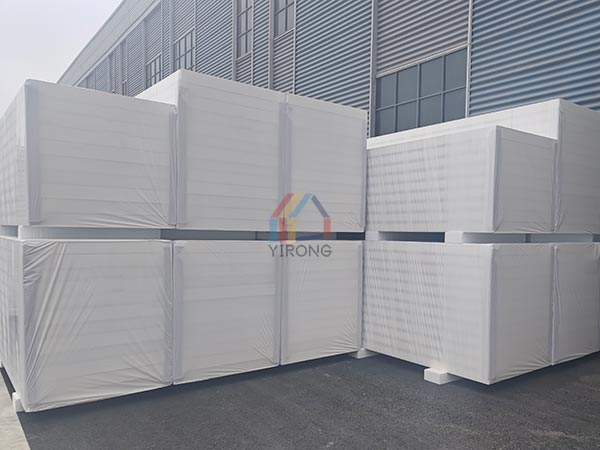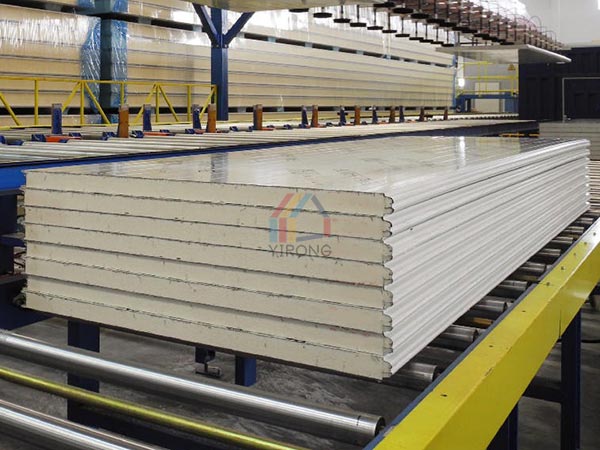Zhengzhou, Henan Province, China
Now Contact: Do you need PU/EPS/Rock Wool sandwich panels?
Zhengzhou, Henan Province, China
Now Contact: Do you need PU/EPS/Rock Wool sandwich panels?
Sandwich panel is a composite material composed of two layers of thin sheets and a filling material in the middle. It is widely used in construction, packaging, transportation and other fields. Among them, PIR sandwich panels and PU sandwich panels are common sandwich panel types, but there are some differences in performance and application fields. This article will introduce in detail the difference between pir panel and pu board.
Materials and properties
PIR sandwich panel is a composite material with polyurethane foam as the core material. Polyurethane foam has high strength, toughness and weather resistance, as well as good thermal and sound insulation properties. PIR panel has the advantages of light weight, high strength, thermal insulation, etc., and is suitable for building insulation, sound insulation, packaging and other fields.
PU sandwich panel is also a composite material with polyurethane foam as the core material. Different from PIR sandwich panels, PU foam has better toughness and impact resistance, as well as higher bonding strength and sealing performance. Therefore, PU boards are suitable for applications that require high toughness and sealing properties, such as heat insulation, sound insulation and shockproof in shipbuilding, vehicle manufacturing and other fields.

Production Process
The production process of pir panel is relatively simple, generally using a two-component casting process. First, polyurethane foam is formed between two layers of thin plates. After foaming and aging, the PIR sandwich panel can be obtained. The process is simple to operate, has high production efficiency, and is suitable for large-scale production.
The production process of PU board is relatively complex, and high-pressure foaming process is generally used. When forming polyurethane foam between two layers of sheets, high-pressure injection is required to make the foam evenly distributed and fully foamed. This process has high requirements on equipment and process conditions, but it can obtain PU sandwich panels with high toughness and good sealing performance.
Application areas
PIR panels are mainly used in the fields of building insulation, sound insulation and packaging. Its light weight, high strength and good thermal insulation properties make it one of the first choices for building insulation materials. In addition, PIR sandwich panels are also widely used in various packaging fields to protect the safe transportation of products with their good buffering and shock-proof properties.
PU panels are mainly used for heat insulation, sound insulation and shockproof in ship manufacturing, vehicle manufacturing and other fields. Its excellent toughness and impact resistance can effectively improve the heat and sound insulation effect of the product. At the same time, it has high bonding strength and sealing performance, which can ensure the air tightness and water tightness of the product. In addition, PU sandwich panels are also widely used in various pipe insulation and other fields.

In conclusion
Although pir panels and pu boards are both common sandwich panel types, there are obvious differences in materials and properties, production processes and application fields. PIR sandwich panels are lightweight, high-strength and have good thermal insulation properties, and are suitable for building insulation, sound insulation and packaging. PU sandwich panels have excellent toughness and impact resistance and are suitable for heat insulation, sound insulation and shockproof in shipbuilding, vehicle manufacturing and other fields. When choosing a suitable sandwich panel, you need to choose according to the specific use requirements and occasions.